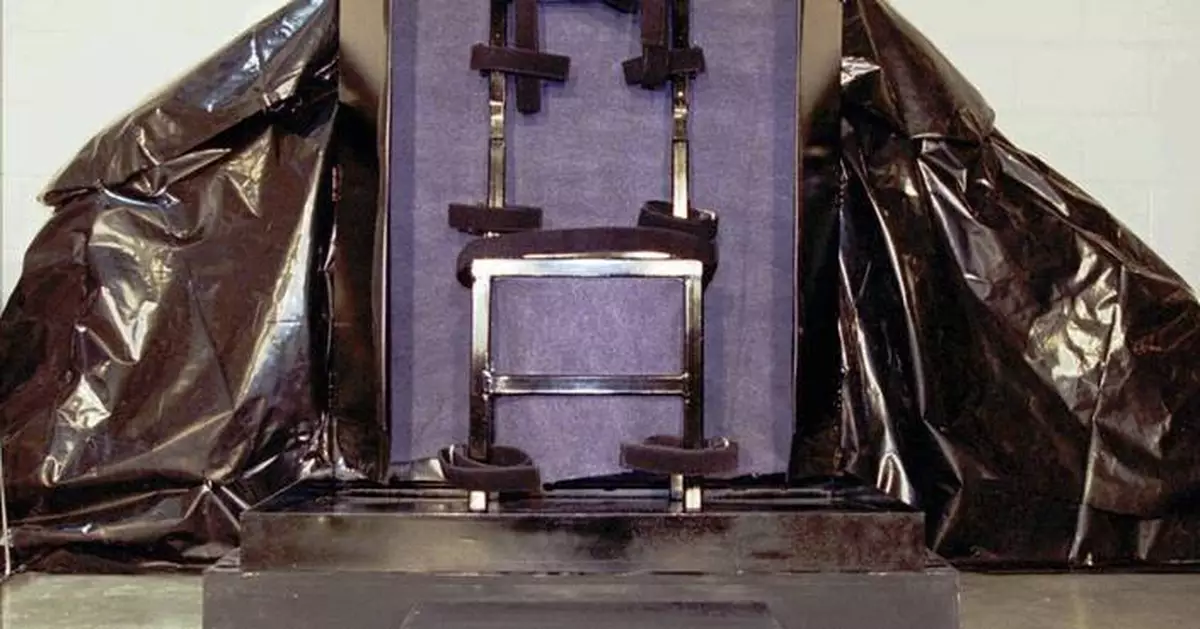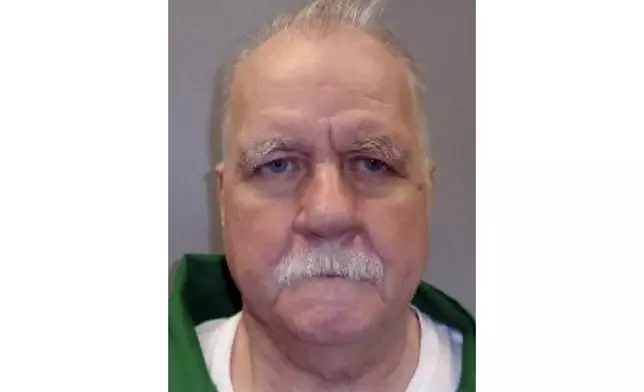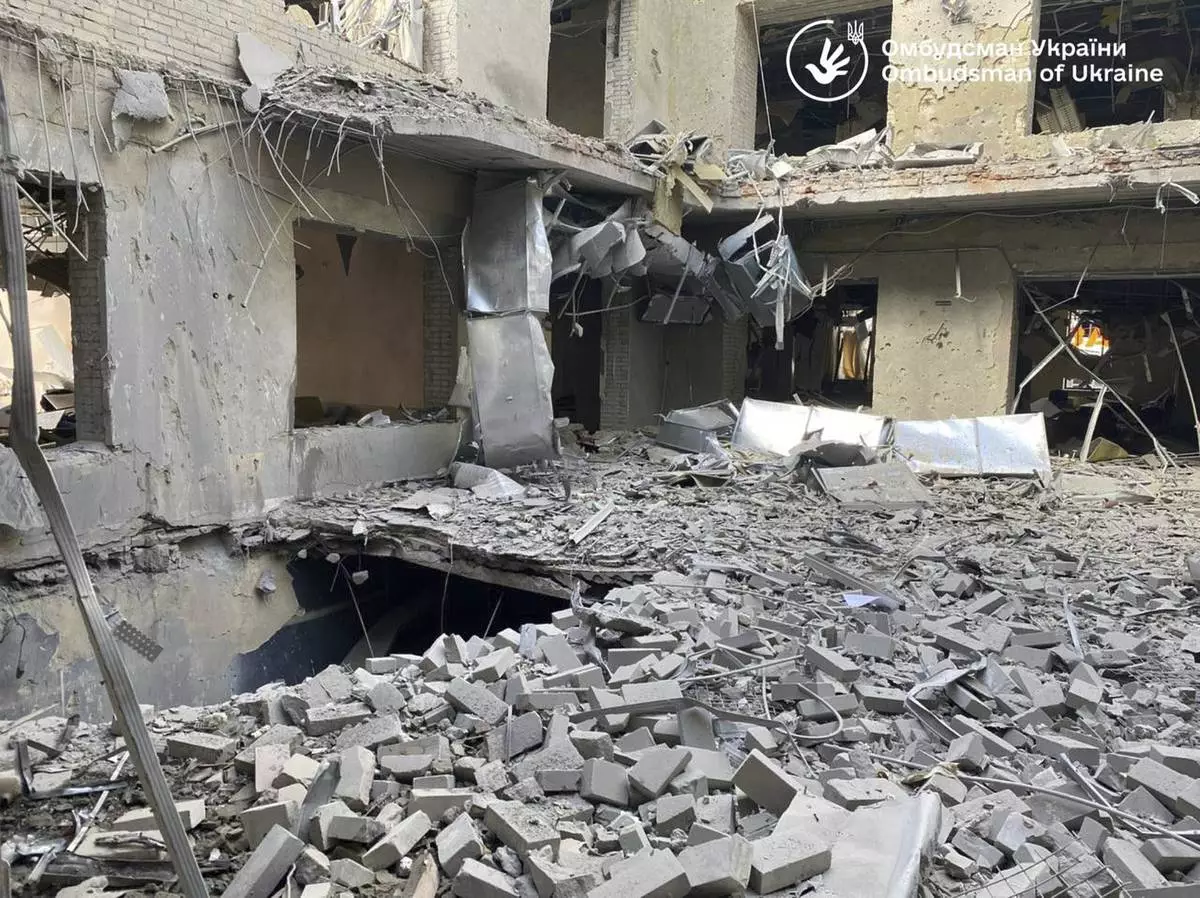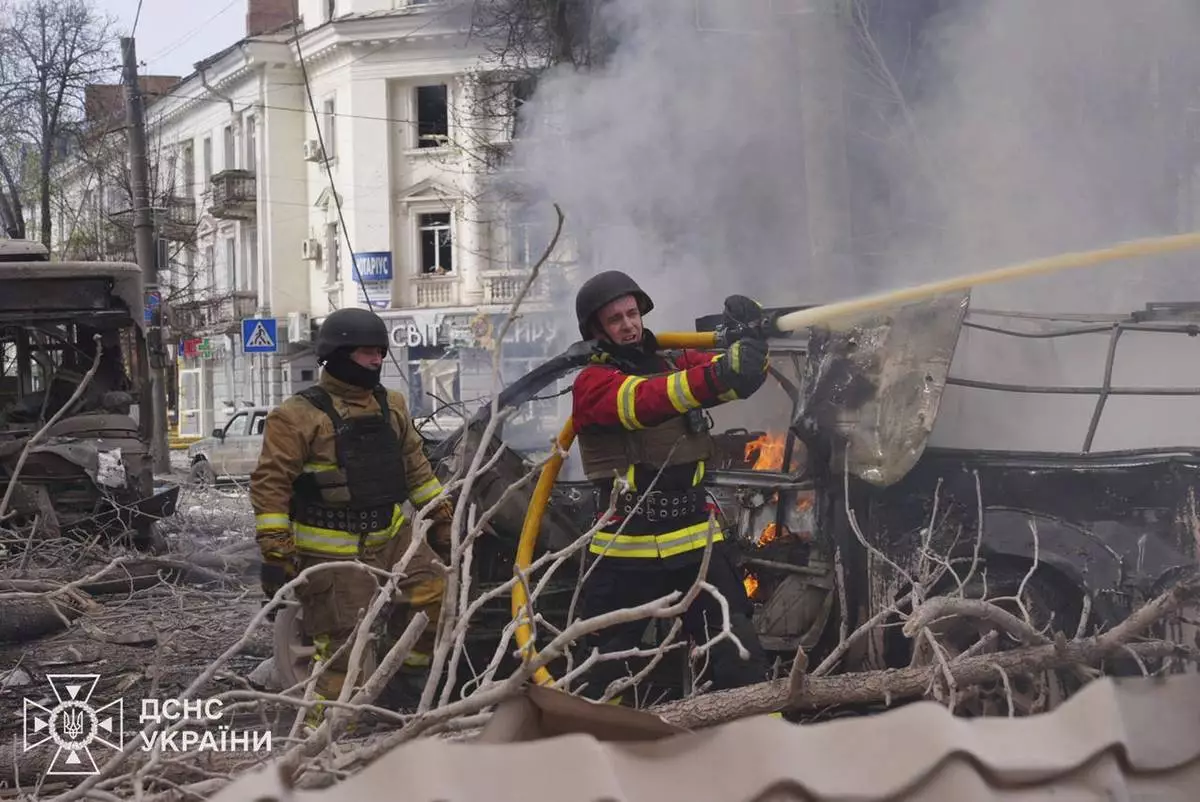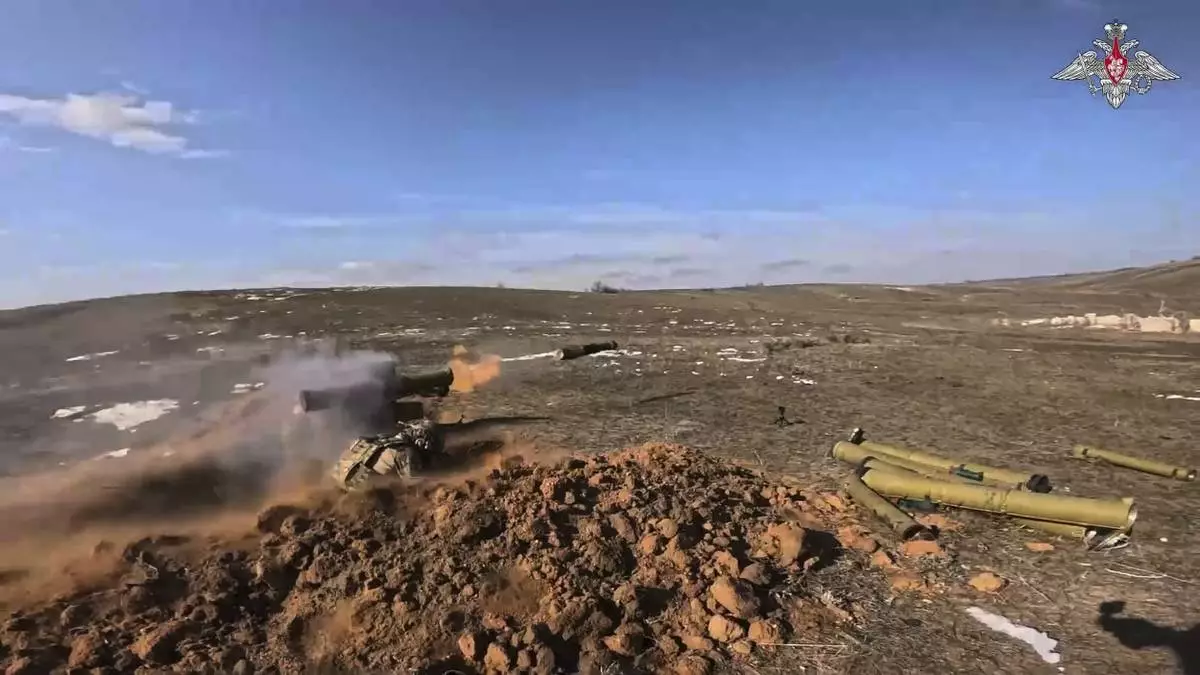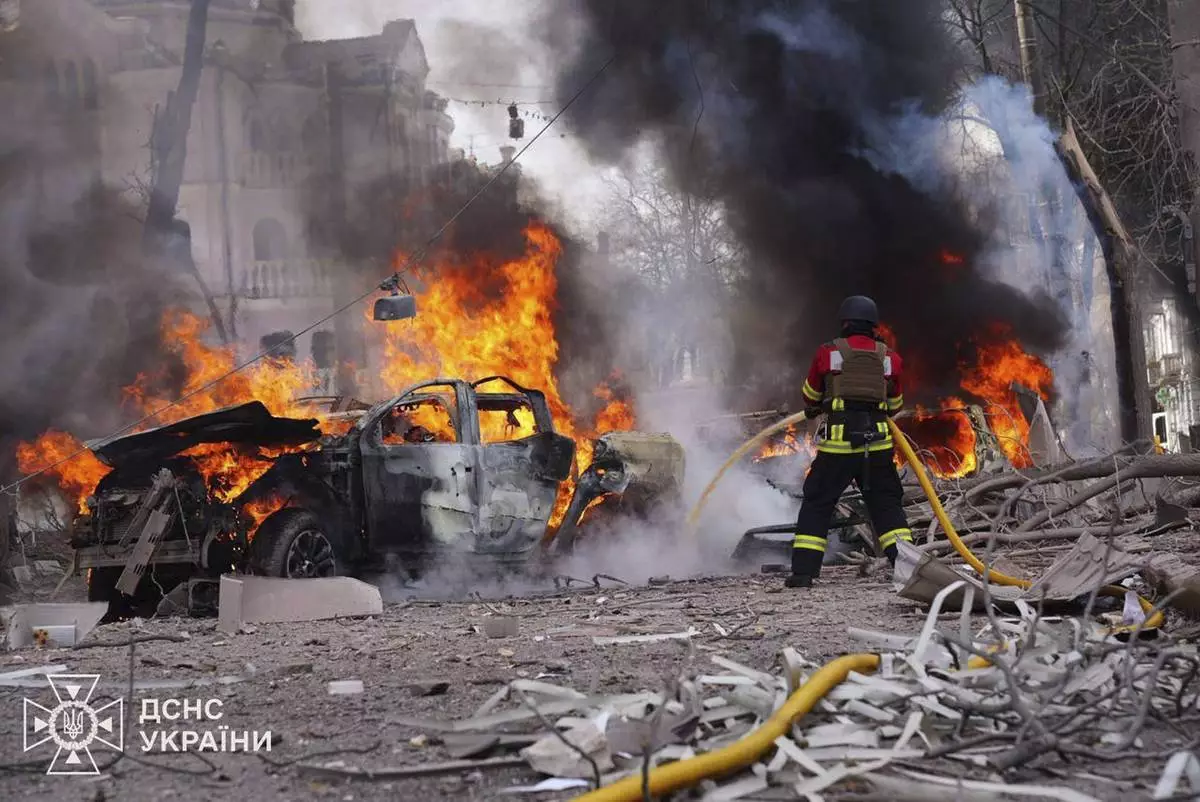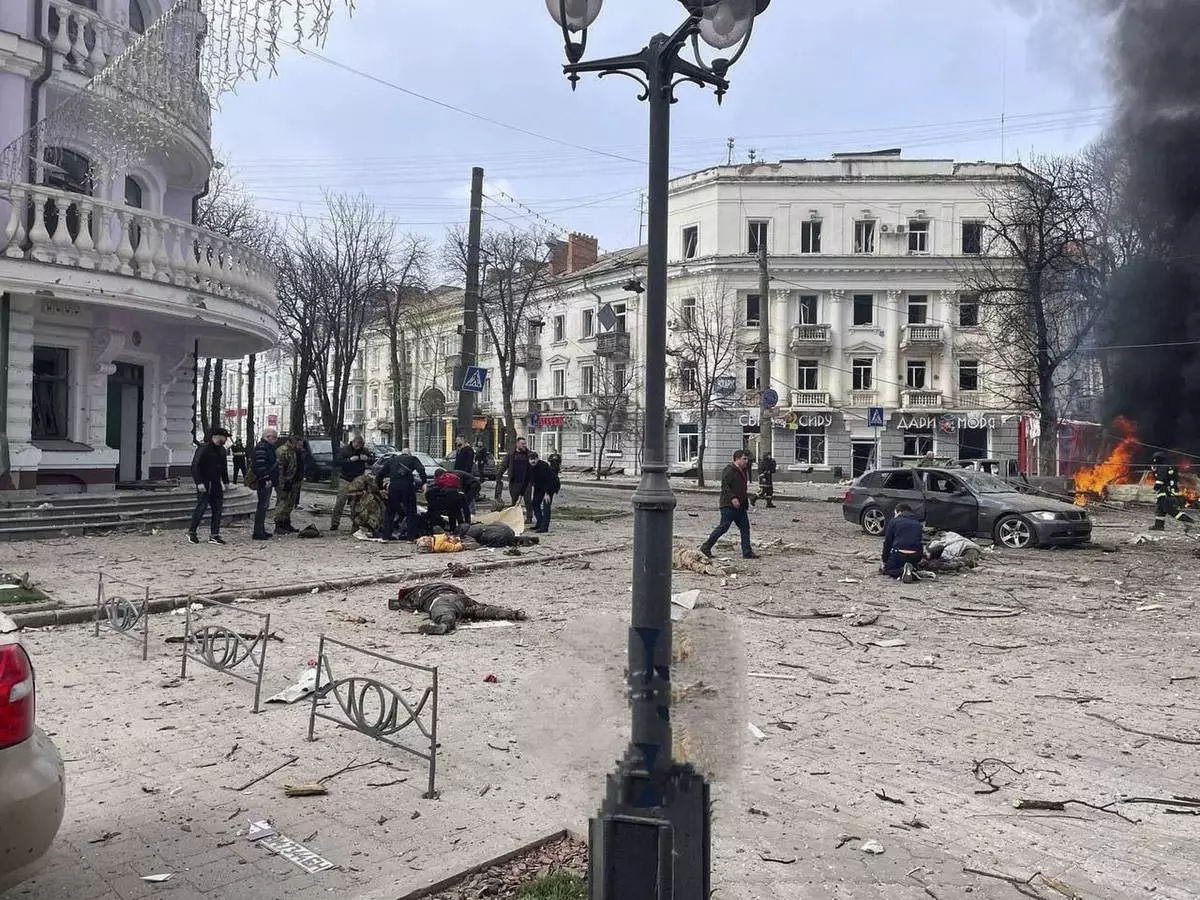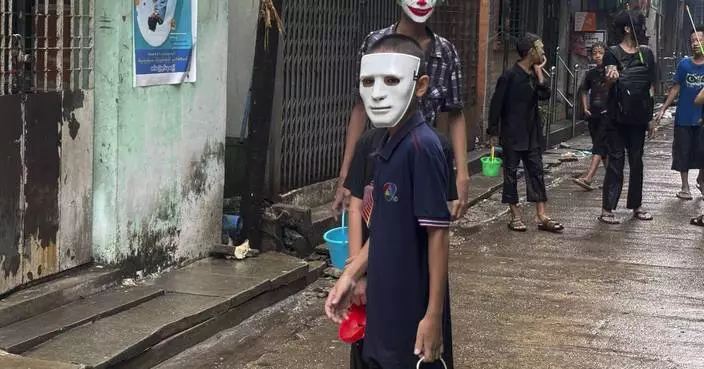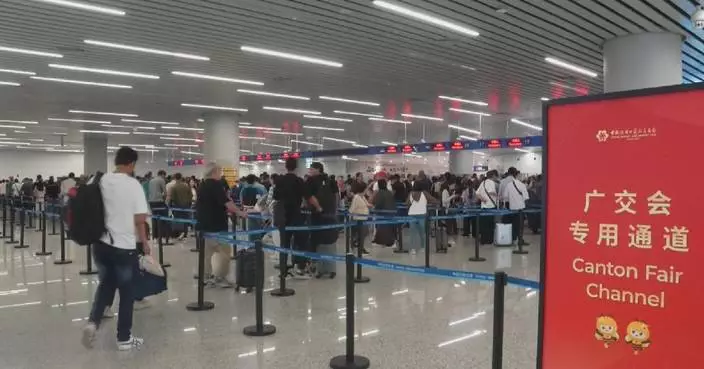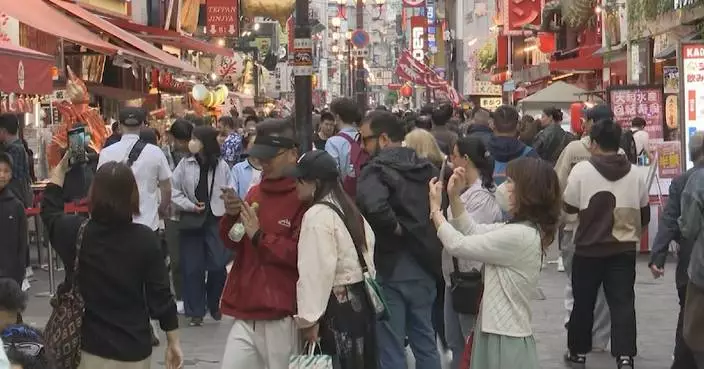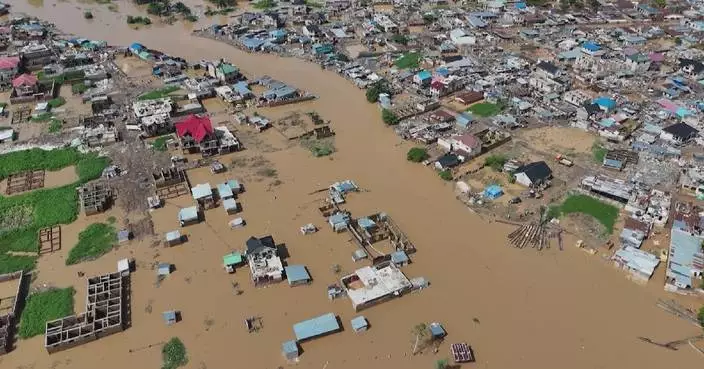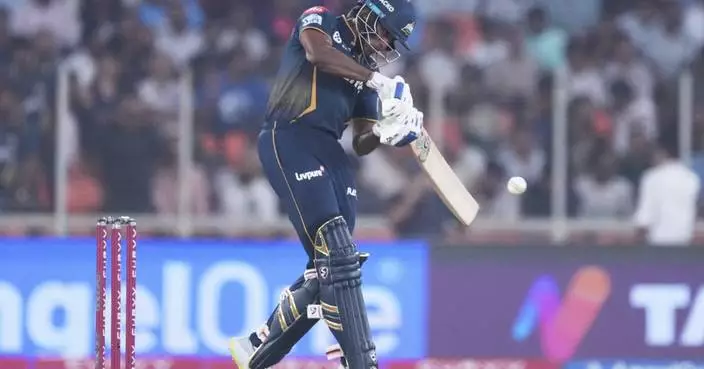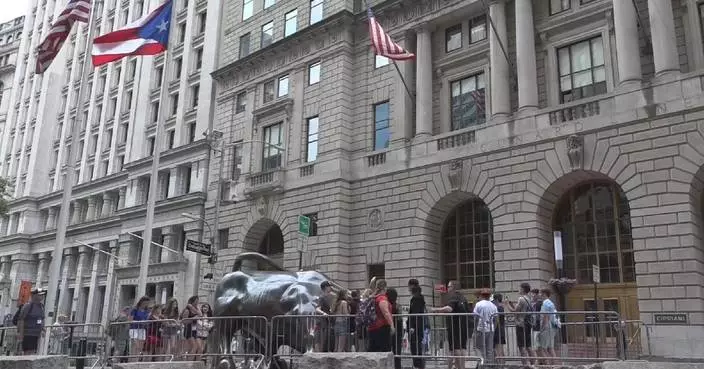It was a punishment for mutiny in colonial times, a way to discourage desertion during the Civil War and a dose of frontier justice in the Old West. In modern times, some consider it a more humane alternative to lethal injection. The firing squad has a long and thorny history in the U.S.
South Carolina on Friday is scheduled to put the first person to death by firing squad in the U.S. in 15 years. Brad Sigmon, who was convicted of killing his ex-girlfriend's parents in 2001, chose it over the two other methods in South Carolina — the electric chair and lethal injection. The state’s Supreme Court rejected what will likely be his final appeal Wednesday.
Since 1608, at least 144 civilian prisoners have been executed by shooting in America, nearly all in Utah. Only three have occurred since 1977, when the use of capital punishment resumed after a 10-year pause. The first of those, Gary Gilmore, caused a media sensation in part because he waived his appeals and volunteered to be executed. When asked for his last words, Gilmore replied, “Let's do it.”
Five states — Idaho, Mississippi, Oklahoma, South Carolina and Utah — authorize the use of firing squads in certain circumstances.
Here's a look at the history behind the death penalty method.
The earliest recorded execution by shooting came in Jamestown, Virginia, in 1608. Capt. George Kendall came to be suspected of mutiny — and possibly of conspiring with Spain. Centuries later, in 1996, archaeologists discovered a bullet-ridden body buried in the fort's walls that many suspect was Kendall.
In the American Revolution, public executions by firing squad were sometimes used to punish desertion.
In 1776, then-Gen. George Washington spared a Connecticut soldier, Ebenezer Leffingwell, who was sentenced to die after fighting with a superior, the Journal of the American Revolution recounted. Leffingwell had been bound, blindfolded and forced to kneel in front of a crowd when a chaplain involved in the proceedings announced he would live.
Mark Smith, a history professor at the University of South Carolina, said firing squads were used — not often — by both sides during the Civil War to create a “public spectacle, a vision of terror” to keep soldiers in line.
“A man could be sitting on his own coffin at times or blindfolded, shot by six or seven men, one of whom has a blank,” the professor said. “These were gatherings designed to shock and it worked.”
At least 185 men were executed by firing squad during the Civil War, according to Christopher Q. Cutler in a Cleveland State Law Review article.
Firing squads were primarily used only in Utah, where the lawmakers in 1851 designated three possible punishments for murder: shooting, hanging or beheading. The first firing squad execution was carried out in a courthouse enclosure, disappointing a crowd waiting outside to see it.
Only one other state since 1900 has executed someone by shooting: Nevada, which in 1913 built a contraption that fired three guns by pulling strings because it had trouble finding volunteers to serve on a firing squad.
An 1877 sentencing in Utah gave rise to the first U.S. Supreme Court case challenging a specific execution method. Wallace Wilkerson, who shot a man to death during a heated game of cribbage, challenged authorities' plans to kill him by firing squad. The court declined his appeal, finding that unlike some other bygone methods — drawing and quartering, for example — execution by firing squad would not bring the sort of “terror, pain and disgrace” that would violate the 8th Amendment's ban on cruel and unusual punishment.
As it turned out, Wilkerson's killing was botched, Cutler noted: Reportedly intoxicated and smoking a cigar, he moved slightly just before the executioners shot. Badly wounded, he fell to the ground, saying, "My God! They’ve missed it.” It took him an agonizing 15 minutes to die.
Among other famous firing squad executions in Utah was the 1915 death of labor activist and songwriter Joe Hill, who until the end insisted on his innocence in the murder of a grocer and his son.
One of the reasons firing squads did not gain much use beyond Utah was that people viewed them as barbaric, according to Deborah Denno, a criminologist at Fordham School of Law.
The bloody reality of those killings, as well as botched hangings and electrocutions, which sometimes led people to struggle and suffer, prompted states in the early 1980s to begin turning to lethal injection, a procedure viewed — at least initially — as more humane.
But since then, lethal injection has become the most commonly botched execution method, according to the Death Penalty Information Center. States have struggled to obtain the required drugs, and some have taken another look at firing squads — an old but largely reliable method. Lawmakers in Idaho passed a bill Wednesday that would make firing squads the primary method of execution there.
Two people now on Utah’s death row have requested firing squads.
Denno urged policymakers to reconsider firing squads in a 2016 law review article. Among those who have expressed similar views is Supreme Court Justice Sonia Sotomayor, who wrote in a 2017 dissent that “in addition to being near instant, death by shooting may also be comparatively painless.”
“Lethal injection has only gotten worse over the decades,” Denno told The Associated Press in an interview. “The firing squad really stands out as a relatively decent method of execution.”
In the annals of executions in the U.S., she said, there have been just two botched firing squad executions: Wilkerson's and that of Eliseo Mares in Utah in 1951. It's not clear what happened in Mares' case, but reports surfaced decades later that the executioners disliked him and intentionally missed his heart to prolong his suffering.
With greater oversight and expert shooters, those problems wouldn't be repeated today, Denno said.
In South Carolina, Sigmon, 67, chose to die by firing squad because the alternatives seemed worse, his attorney Gerald “Bo” King wrote in a statement.
Some aspects of his execution are modern — for example, bullets are deadlier and guns are now more precise.
But much of it would have been familiar in Utah more than a century ago: A hooded inmate with a target over his heart is bound to a chair in a death chamber and may say his final words. Nearby, volunteer officers await the order to fire.
—-
Associated Press reporters Ed White in Detroit; Matthew Brown in Billings, Montana; and Rebecca Boone in Boise, Idaho, contributed.
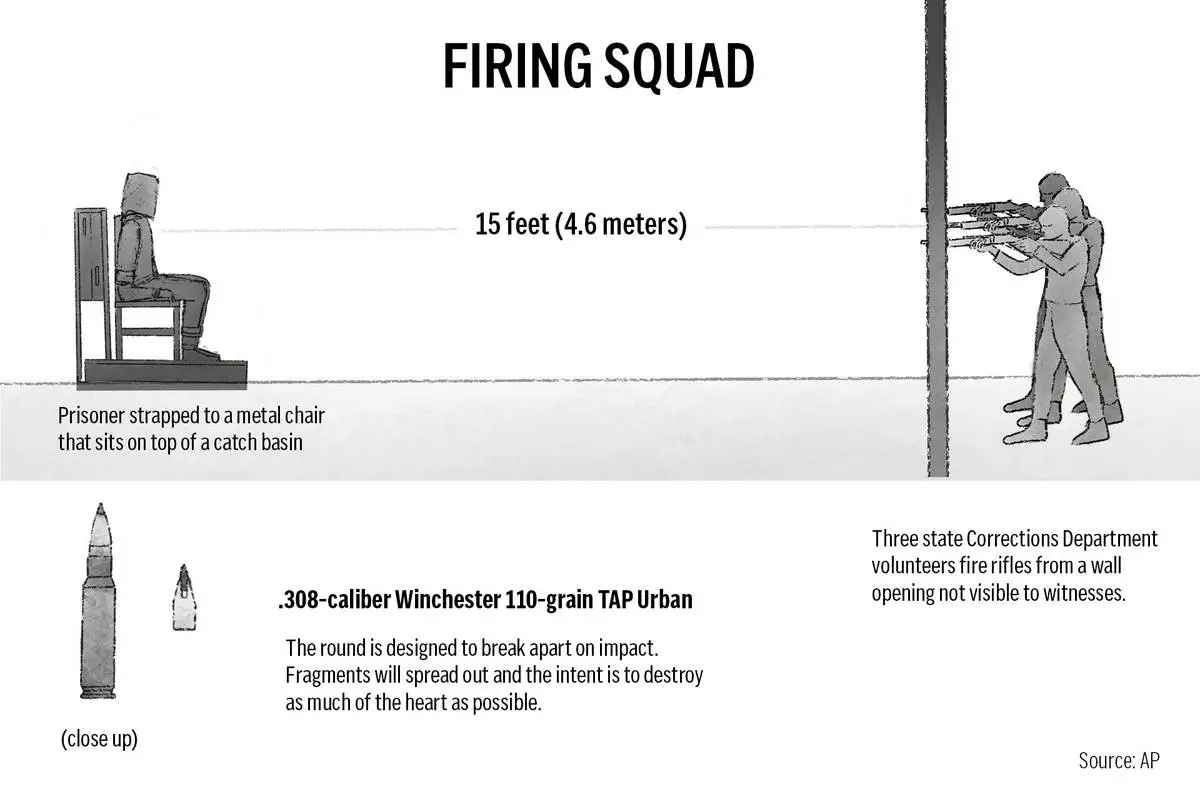
AP Illustration

FILE - This undated image provided by the South Carolina Department of Corrections shows Brad Sigmon. (South Carolina Department of Corrections via AP, File)
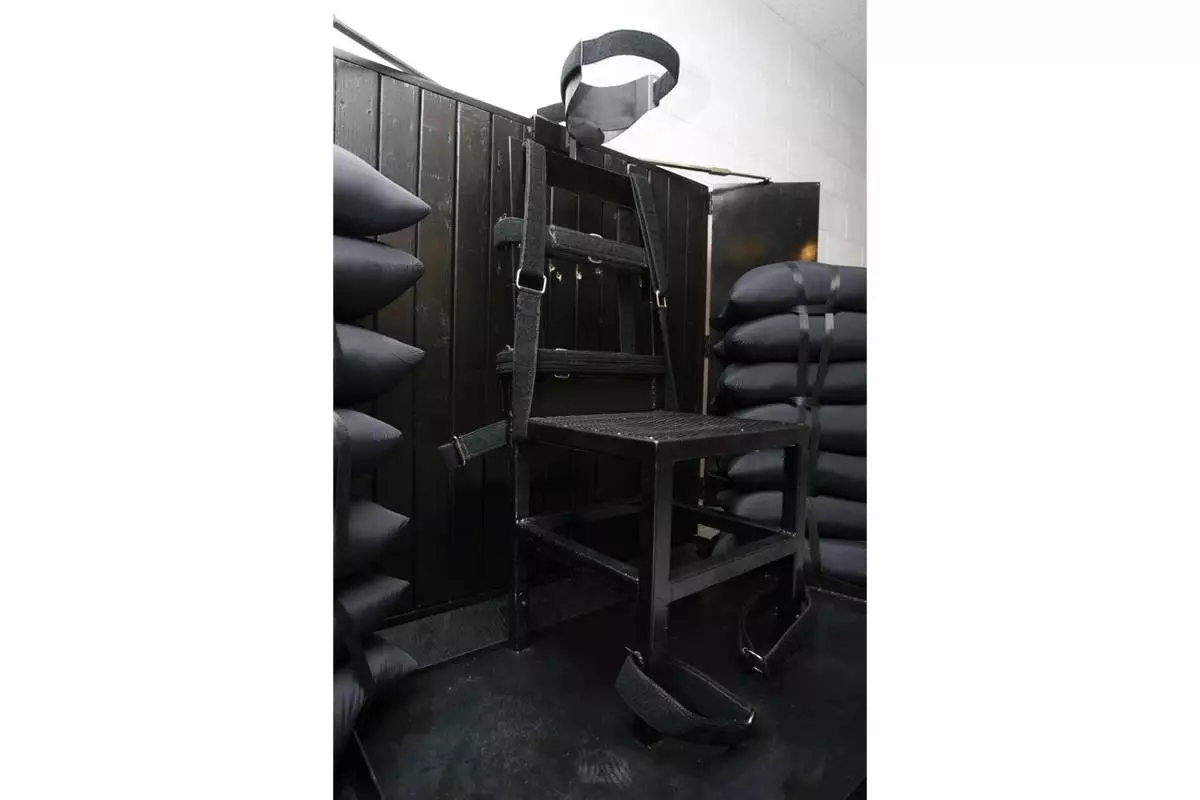
FILE - The execution chamber at the Utah State Prison is seen after Ronnie Lee Gardner was executed by firing squad, June 18, 2010, in Draper, Utah. (Trent Nelson/The Salt Lake Tribune via AP, Pool
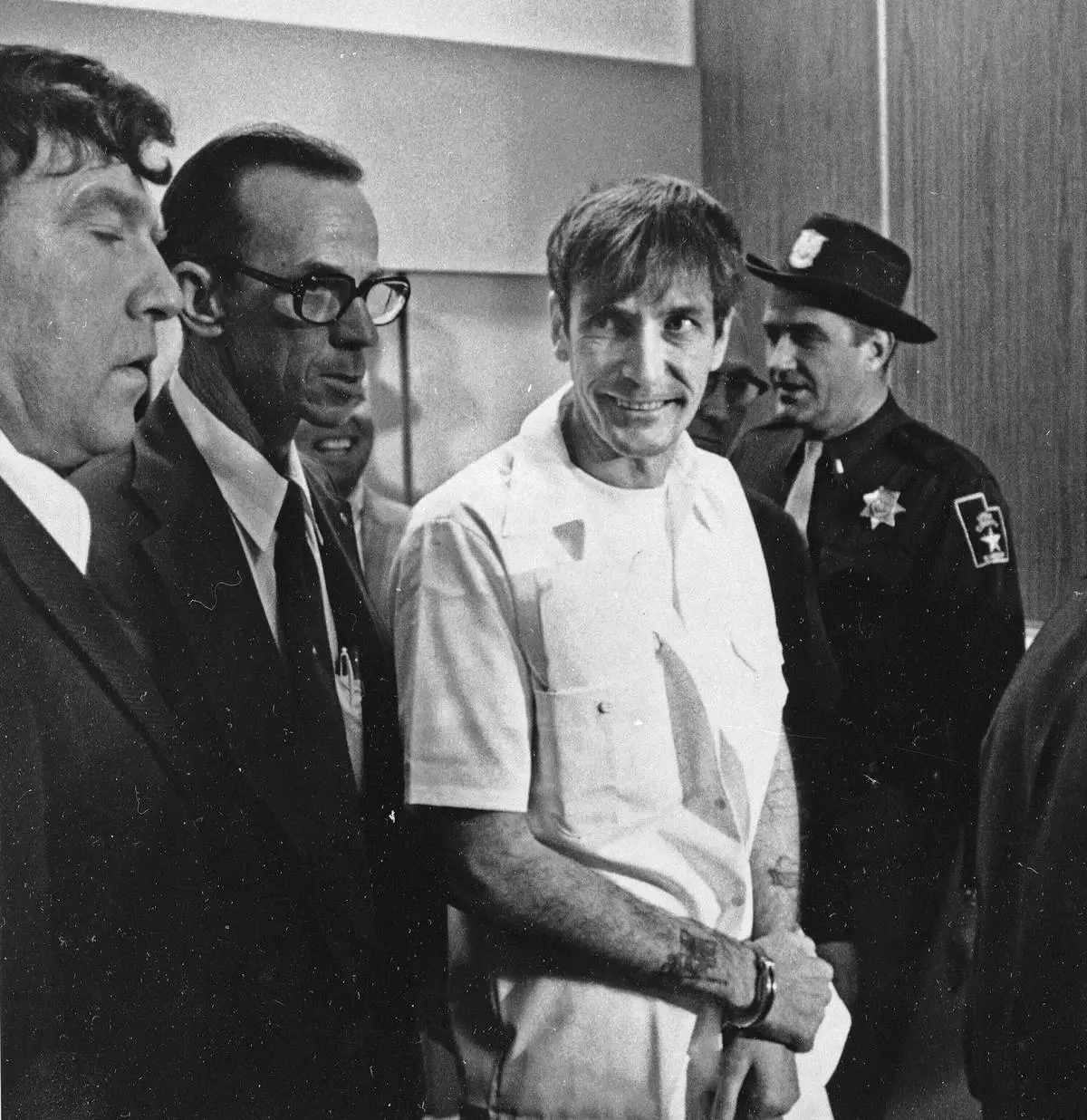
FILE - Convicted murderer Gary Mark Gilmore arrives, heavily guarded, at the 4th District Court in Provo, Utah, on Dec. 1, 1976. (AP Photo/Ron Barker, File)
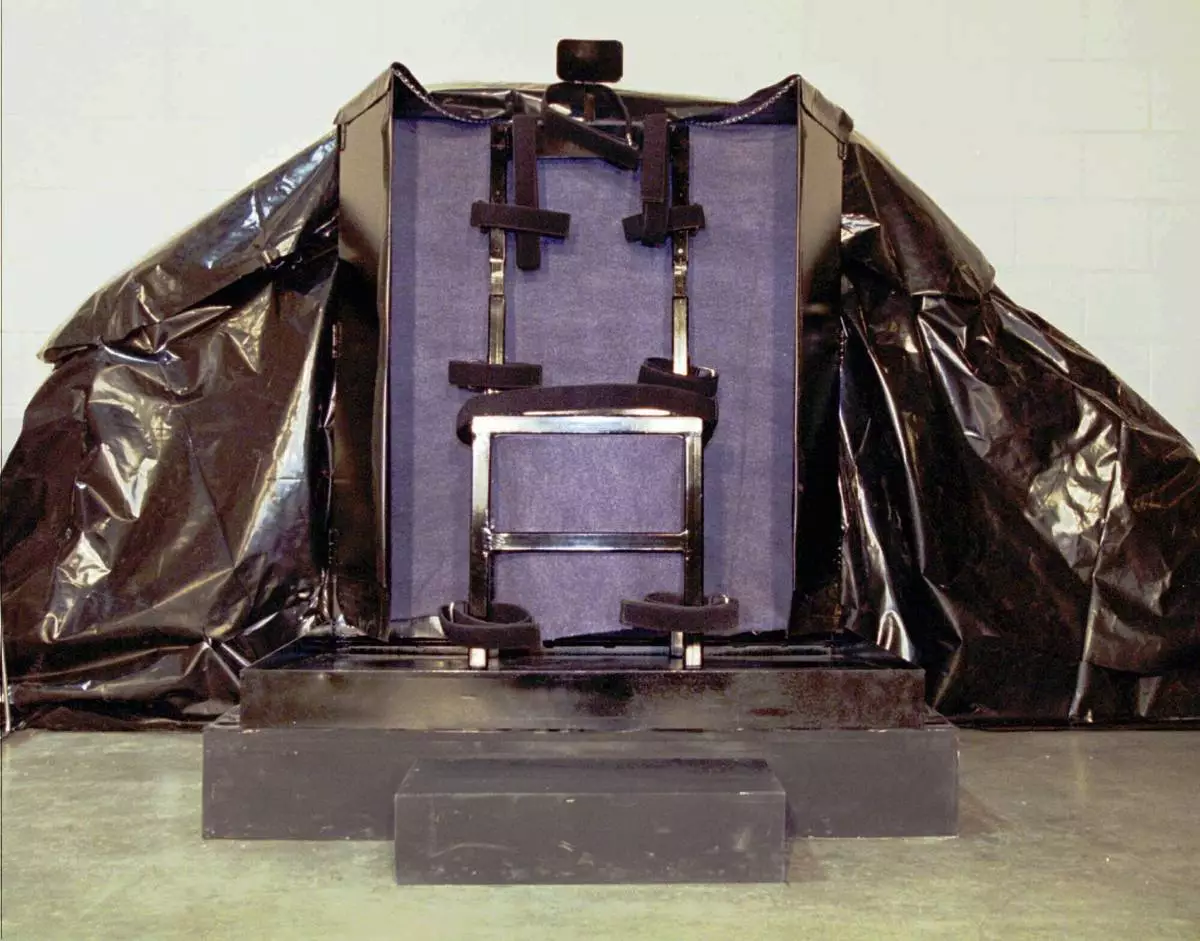
FILE - Utah State Prison's execution chamber is seen during a media tour Jan. 24, 1996, in Point of the Mountain, Utah. (AP Photo/Douglas C. Pizac, File)


